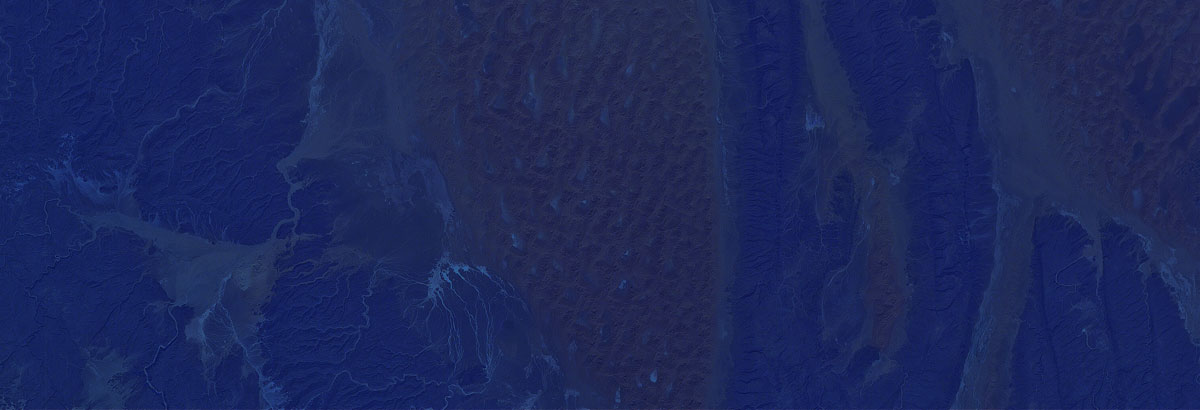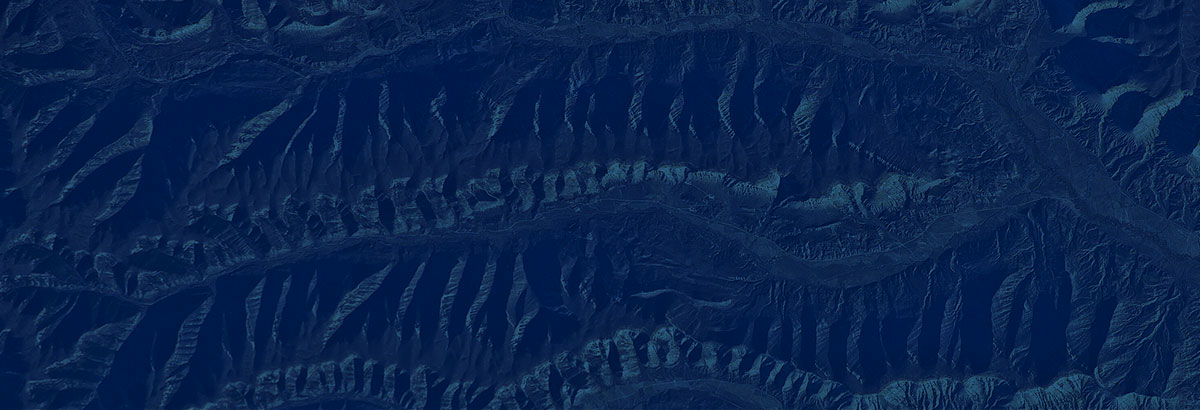B612 Team Involved in Deflecting Deadly Asteroids
September 22, 2013
Over a million of these NEAs have the power to inflict damage a thousand times more powerful than the atomic bomb, dropped on Hiroshima during the Second World War. Alarmingly, the Tunguska event that took place in 1908 was the largest recorded impact event, as an asteroid exploded approximately five to ten kilometers above the Earth’s surface; however, this asteroid was only approximately 50 to 100 meters in diameter and was still capable of devastating over a thousand square miles of land, wiping out thousands of trees.
This is part of the justification for the B612 team. Astronauts Ed Lu and Rusty Schweickart began their journey over a decade ago, vowing to help save the planet from potential asteroid extinction events. In October 2001, a group of top experts, whose backgrounds ranged from asteroid studies to propulsion technologies, convened at the NASA Johnson Space Center, Houston. The team’s primary ambitions involved the development of cost-effective solutions to deal with dangerously orbiting asteroids.
The crew immediately dismissed the use of nuclear explosives, since they were deemed unsafe and unpredictable. However, a much safer suggestion involved the use of a “nuclear-powered plasma engine.” Once such a device lands on the surface of the asteroid, the body’s orbit can be adjusted by using the engine almost like a tugboat.
….
















